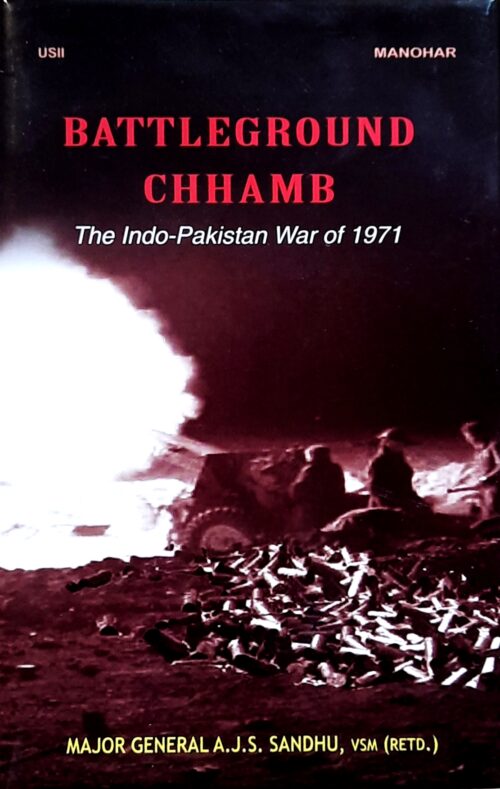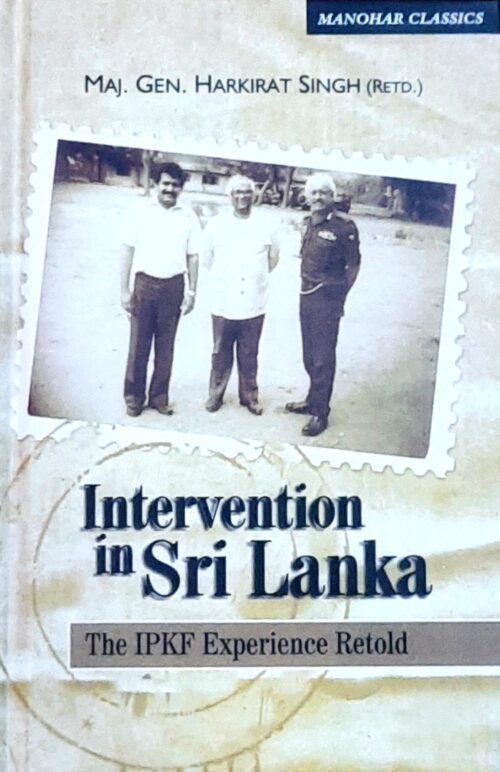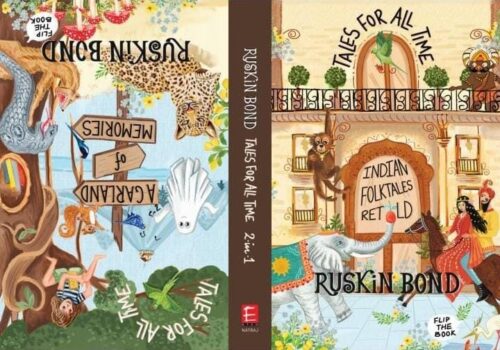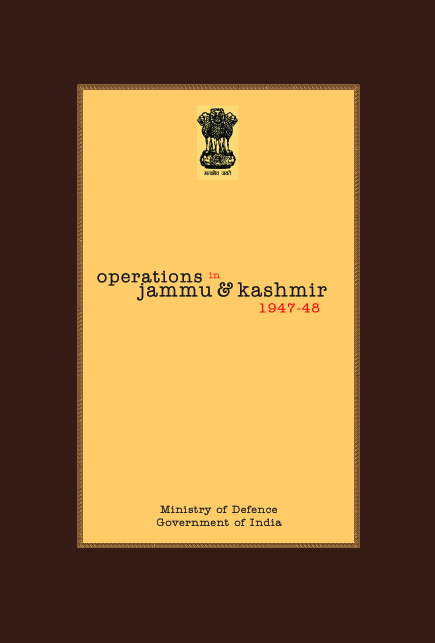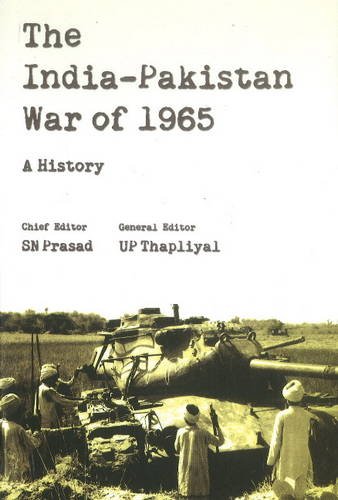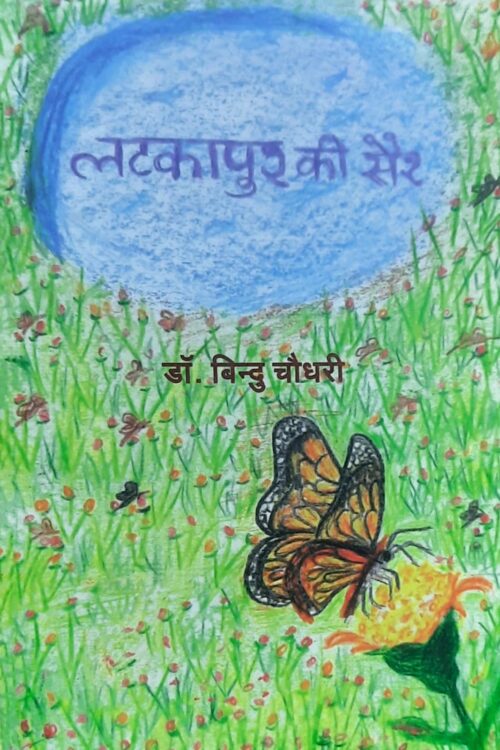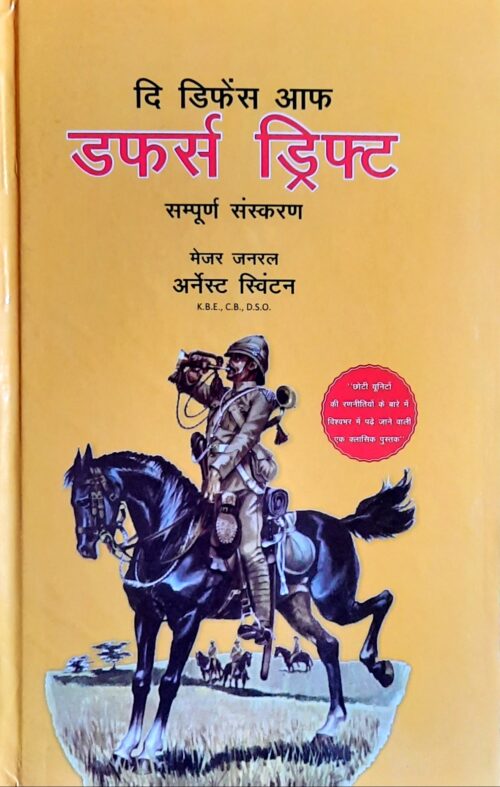-
The Battle of Chhamb is considered to be the fiercest, bloodiest, most intense and decisive battle of the 1971 Indo-Pakistan war. Prime Minister Indira Gandhi termed it as the 'toughest'. Pakistan had amassed a very large and formidable force under 23 Infantry Division for their offensive; it comprised five infantry brigades, one armoured brigade and 31 artillery batteries. in fact the artillery employed by Pakistab in the Chhamb sector was more than they had to defend themselves in East Pakistan ( now Bangladesh). This battle holds lessons for India even today and the book is of interest to anyone who wants to know more about the history of South Asia. Sold in exclusive distrubition with Manohar
-
In this volume the author, the then GOC, Indian Peackeeping Force ( IPKF) gives a first hand account of the initial induction and operations of the IPKF in Sri Lanka. He describes the trials and tribulations of the IPKF as it grappled with an operational situation inexorably tangled with politics. The IPKF went in as peacekeepers, with the responsibility to disarm the LTTE, if necessary by force, and maintain law and order. But clear cut orders regarding possible IPKF action against the LTTE were never issued. Therefore, when the time came to fight the LTTE the IPKF found itself as a disadvantage. This compelling narrative is an important addition to the extensive literature on the IPKF in Sri lanka. Sold under Exclusive Distribution with Manohar
-
This is a collector's edition of two of Ruskin Bond's favourite books in one upside down edition! "Tales for all Time" brings together "A Garland of Memories" which is a collection of biographical short stories with "Indian Folktales Retold" which is an interesting retelling of India's famous folktales. In vintage Bond style, expect this collection to make you smile, laugh and cry.
-
This is the full story of the military operations in Jammu and Kashmir during 1947-48, undertaken to save that Princely state, which had acceded to the Union of India, from a brutal invasion from Pakistan. The year long campaign saw many triumphs and tragedies, which are narrated objectively and in detail. The Indian Army and Air Force, just emerging from the throes of Partition, and still in the process of reorganisation, emerged from this ordeal with added brilliance and a brighter halo. It is an inspiring saga of heroism, devotion to duty, scarifice and professional competence. Based on careful and exhaustaive research in secret government records, the book analyses the operations and presents the story in simple, non-technical langauge. It should prove invaluable for the intelligensia, the journalist, the reading public as well as the man in uniform.
-
This book provides a detailed account of the Indo-Pak War of 1965 as maintained in the Indian government's military history records. It is being made available to the public for the first time after the declassification of sensitive military records in 2005. These records include war diaries, maintained by the units and higher formations of the Indian Armed Forces, notes of officers who fought in the war, interviews, accounts as learnt from Generals on both sides, official reports, journals and gazetteers.
-
This ununsual and interesting illustrated book uses a simple yet effective method to teach young children the Hindi alphabet in a fun manner that is easy for them to remember, spell, speak and use. The book is just as useful for language teachers and instructors to refer to in the classroom to make language learning innovative and effective.
-
Written between 1968 and 1973, begun in the aftermath of a great victory and comepleted at a time of renewed war, this book is an attempt to explain the phenomenon of the Isreali Army. There is much to understand. In the span of a single generation, a people that once had no soldiers has become a nation of soldiers, creating in the process an Army which, in 1973, sent into battle the third largest tank force and the sixth largest air force in the Western World. Unlike almost all other new armies, the Israeli Army did not grow out of colonial regiments nor did it receive its military expertise ready-made from foreign instruction as its neighbours have done and are still doing. Instead, through trial and error, through experimentation and debate, the Israelis have taught themselves virtually everything they know, from basic infantry skills to intricacies of air combat. Sometimes very advanced and highly effective, sometimes, merely different, and in some cases perhaps backward, the Army's doctrines, tactics and structures are all the original creations of the Israelis themselves, a nation of 650,000 in 1981 and even now fewer than three million. Among the lesser powers, this is a unique achievement. This book is neither a history of the Israeli Army, nor a history of Isreal's wars. Its central focus is on the men and the ideas that have shaped the powerful and invincible Israeli defence.
-
Since Forest economics embodies the fundamentals of economics as applicable to forest resources, including land and water, the book endeavours to expound the economic aspects of forestry and allied subjects, the basic object to doing so is to knit the various aspects of forestry wite the principles of economics - theory and practice -and to show that silviculture. Forest and wildlife management. Forest mensuration, forest utilization, land use for environmental and ecological stability, forest based economic growth and development etc are not isolated strands of knowledge but are integral components of the same fabric. That of man's behaviour in the ordinary business of life for resource use and its management. Because of India’s diversity in forest resources as also in forest practices and for the reason that the authors experiences are by and large based on Indian conditions. The illustrations and discussions represent an Indian background. The book is intended to serve as a text and a reference book useful for mangers of natural resources in general and foresters in particulars who may not have the time or opportunity to attend courses in natural resource administration.
-
A short treatise on the art of tactical warfare, set in the Boer War (1899-1902), this classic piece of military fiction was published by Major General Ernest D Swinton when he was still a captain in 1904. The appropriately named Lieutenant N. Backsight Forethought (BF), a rookie commander of a platoon of fifty is tasked with defending a river crossing—Duffer’s Drift. Manifested in six dream scenarios and actions of a mortified BF, who learns a series of “lessons” at his expense, his final unconventional defence succeeds in routing the Boers. The book quickly acquired cult status on small unit tactics, and armies across the world have had it on their required reading lists for subsequent generations of young officers, including in India. It has also been translated into several languages. Swinton's style of literary fiction significantly impacted the writings of several authors in the military arena. While some contextual advice may be dated, the emphasis on critical thinking remains relevant, and the principles are evergreen. A must-read
-
The man eating tiger has speed, agility, muscle power, lightning reflexes and a ferocious killer instinct. It weighs 500 lb. The man has a cool head, a sure eye, a rifle and two brass cartridges. He weighs only 160 lb. The tiger growls, bursts out of the long grass, and launches itself . . .This was the drama that played out in the life of the legendary writer and conservationist, Jim Corbett, on several occasions. For him, the hunt was not about trophy tiger skins, or for the prestige of being a famous shikari – but to save lives when a man eater was on the rampage. Born in Kumaon, Corbett grew up in the jungle. He was well versed with its laws, and heunderstood its language. This hunter of the man eaters went on to become a die-hard conservationist, working to preserve and promote the majestic tiger. He harboured a great love for India and its people – of all castes and creeds, which is evident through all his writings.In a novel inspired by Jim Corbett's life and writings, author and conservationist, Harnihal Sidhu tells the epic tale of India’s most famous tiger hunter and conservationist. Corbett's journey was a difficult one, with moments of wild joy, suffering and heartbreak.Burning Bright is not a biography, a formal history or an academic study. It is a gripping tale told by a charmed storyteller, based on the life of a great man. Sometimes, the shortest road to the clearest view runs through the land of fiction.
-
